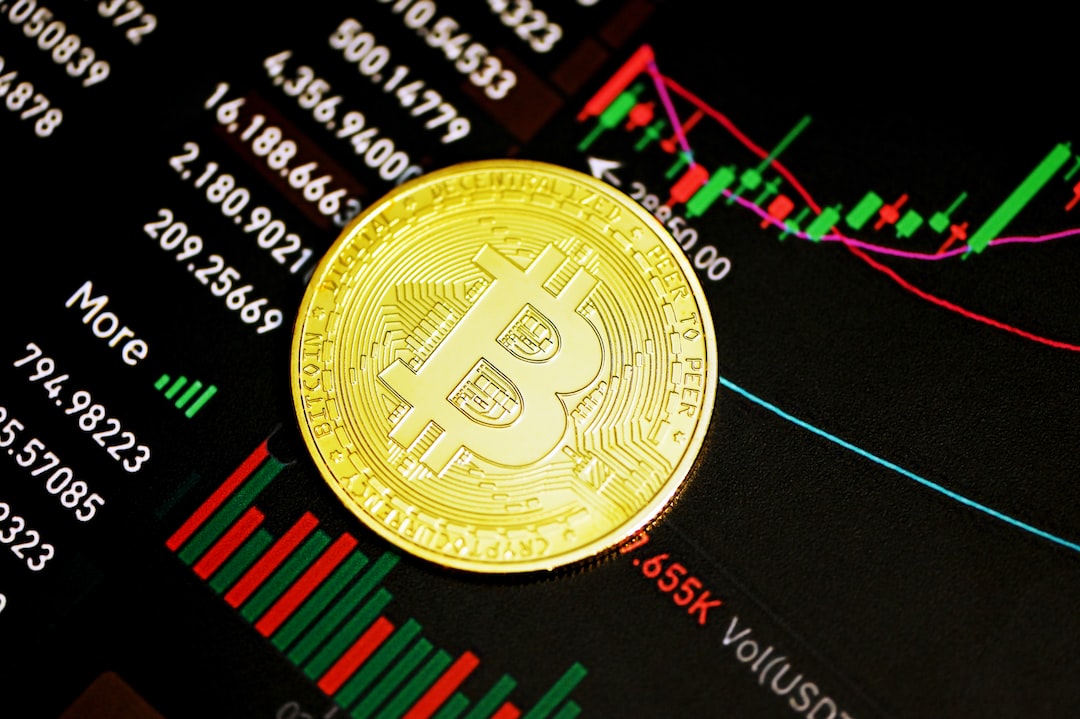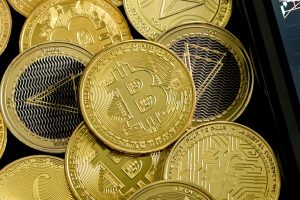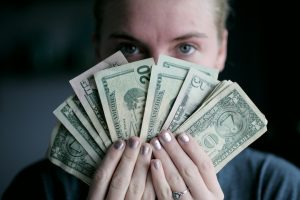The foreign exchange market, commonly known as forex, is one of the largest financial markets in the world. It operates 24 hours a day, five days a week, allowing traders to buy and sell currencies at any time of the day or night. However, when it comes to trading forex in Australia, there are certain times that are more favorable than others. In this article, we will explore when to trade forex in Australia to maximize your chances of success.
The forex market in Australia follows the same global trading cycles as other financial markets, with peak trading hours occurring when the markets in major financial centers overlap. These periods offer the greatest liquidity and volatility, providing traders with ample opportunities to make profits. The three major trading sessions in the forex market are the Asian, European, and North American sessions.
The Asian session is the first to open and is characterized by relatively low volatility and trading volume. It begins at 10:00 PM AEST and ends at 7:00 AM AEST. The major financial centers in the Asian session are Tokyo, Singapore, and Hong Kong. During this time, the Japanese yen is the most actively traded currency, with the USD/JPY pair being the most popular.
The European session is the most active trading session, with over 50% of all forex transactions taking place during this time. It begins at 4:00 PM AEST and ends at 1:00 AM AEST. The major financial centers in the European session are London, Frankfurt, and Paris. The euro, British pound, and Swiss franc are the most actively traded currencies during this session, with the EUR/USD and GBP/USD pairs being the most popular.
The North American session is the final trading session of the day and overlaps with the European session for a few hours. It begins at 9:00 PM AEST and ends at 6:00 AM AEST. The major financial centers in the North American session are New York, Chicago, and Toronto. The US dollar is the most actively traded currency during this session, with the USD/CAD, USD/JPY, and USD/CHF pairs being the most popular.
Now that we have a better understanding of the three major trading sessions, let’s discuss when to trade forex in Australia. As the forex market in Australia operates on AEST (Australian Eastern Standard Time), the best time to trade forex in Australia is during the European and North American sessions, which overlap with the Australian trading day. This means that traders in Australia can take advantage of the increased trading volume and volatility during these sessions.
During the European session, traders in Australia can start trading forex from 4:00 PM AEST until midnight. The most active hours are from 8:00 PM AEST to midnight, which is when the London and New York sessions overlap. During this time, traders can expect increased volatility and liquidity, providing ample opportunities to make profits.
During the North American session, traders in Australia can start trading forex from 9:00 PM AEST until 6:00 AM AEST. The most active hours are from midnight to 4:00 AM AEST, which is when the New York and London sessions overlap. During this time, traders can expect increased volatility and liquidity, providing ample opportunities to make profits.
It is important to note that while the European and North American sessions offer the greatest liquidity and volatility, they also carry a higher degree of risk. Traders should always ensure that they have a solid trading strategy and risk management plan in place before entering the market.
In conclusion, the best time to trade forex in Australia is during the European and North American sessions, which overlap with the Australian trading day. During these sessions, traders can expect increased liquidity and volatility, providing ample opportunities to make profits. However, traders should always ensure that they have a solid trading strategy and risk management plan in place before entering the market.





